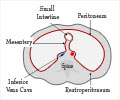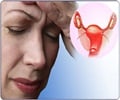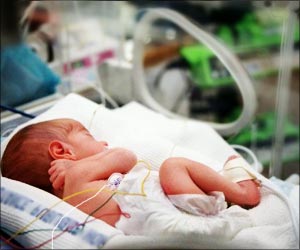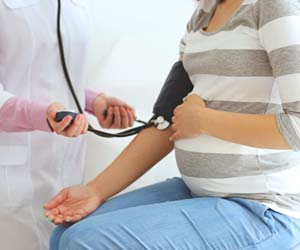A new study suggests that estrogen plays an important role in protecting women from with nonalcoholic steatohepatitis (NASH) from severe liver fibrosis.

"While most NAFLD patients have a mild disease known as fatty liver or hepatic steatosis, some patients present with NASH, which is more severe and increases overall mortality," explains Dr. Ayako Suzuki with the Central Arkansas Veterans Healthcare System and University of Arkansas for Medical Sciences in Little Rock, the lead author of the present study. "Our study aim was to investigate whether gender and menopause significantly impact fibrosis severity among adult patients with NAFLD."
The research team analyzed data from 541 adults with NASH who were seen at Duke University Liver Clinics and the Duke Metabolic and Weight Loss Surgery Program. The mean age of subjects was 48 years, with 35% of the group being men, 28% pre-menopausal women and 37% post-menopausal women.
Findings indicate that 22% of the cohort had advanced fibrosis. After adjusting for known predictors of fibrosis, the risk for greater fibrosis severity in post-menopausal women and men vs. pre-menopausal women was 1.4-fold and 1.6-fold, respectively. Furthermore, when dividing the cohort at age 50, which is the average age at menopause in the US, the risk for greater fibrosis severity in men vs. women before age 50 was 1.8-fold, while after the age 50 the risk was reduced to 1.2-fold.
"Our findings suggest a protective effect from estrogen against development of severe fibrosis," concludes Dr. Suzuki. "Further study of the impact of estrogen on fibrosis progression in NASH patients is needed."
Advertisement















